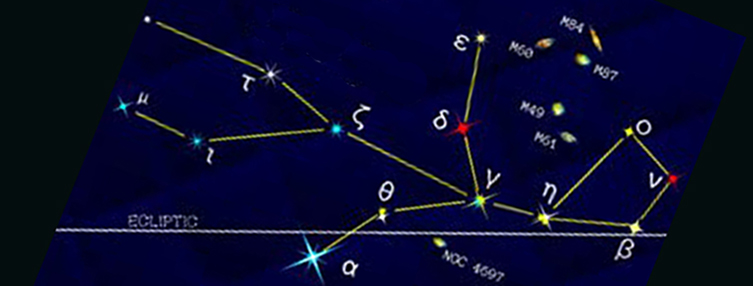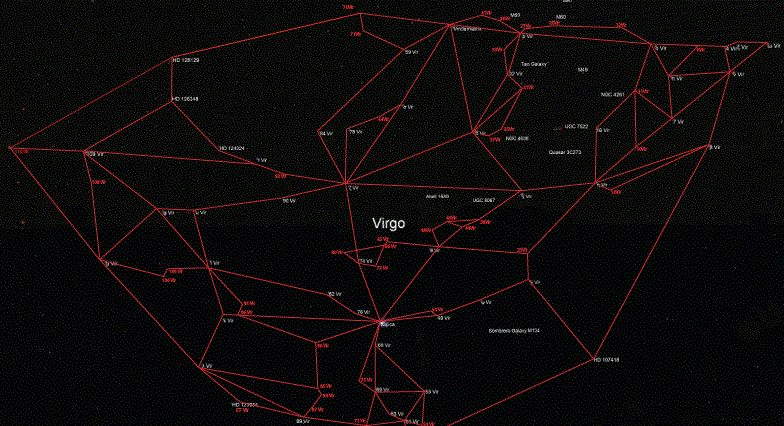The Location of some Gothic Cosmic-Christ Cathedrals
as an EM-energetic Projection/Mirror Reflection
of some Stars in the Virgo Constellation

Virgo is Latin for virgin, and its symbol is â™. It is the 2nd-largest constellation in the sky. Virgo has 20 stars with known planets, more than any other constellation.
Virgo is the largest of the 12 zodiac constellations, catalogued by the Greek astronomer Ptolemy in the 2nd century, lying between Leo to the west and Libra to the east.
Early civilizations already associated the Virgo Constellation with different major female deities. Some cultures identify the Virgo Constellation with Eostre (“Easter”): the Rites of spring, or the Risen Cosmic-Christ (resurrection after “death”).
Notable deep sky objects in Virgo include the bright galaxies Messier 49, 58, 59, 60, 61, 84, 87, 104, Eyes Galaxies, Siamese Twins, and Quasar 3C 273.

Encircling the sun earthy humans observe all 12 zodiac constellations
Exalted Soul
The Golden Mean proportional dimensions of the Gothic Cathedrals allow them and the earth below them to resonate with the harmonic Electro-Magnetic (EM) waves or pulsations of the Stars, which makes them “Edifices of Exalted Energies” within which each Soul can feel what it feels like to be a Star, rather than a limited and probably false perception of itself.
MYTH

The constellation Virgo is usually associated with the Greek goddess of justice, Dike, the daughter of Zeus and Themis, and depicted with angel-like wings, and in her left hand, an ”ear of grain” which in Latin means Spica, Virgo’s brightest Star. She is located next to Libra, representing the scales of justice. Dike was also known as Astraeia, daughter of Astraeus, the father of the stars, and Eos, goddess of the dawn. Virgo is also identified with Demeter, the corn goddess Atargatis, who is the Syrian goddess of fertility, Erigone, the daughter of Icarius, and Tyche, the goddess of fortune.
Click on image for more detail
The Virgo Constellation forms a 'bowl' with Spica as center, within which lie the Stars but also 2000 galaxies, together called the Virgo Cluster, 55 million Lyrs away from Earth.
MAJOR STARS IN VIRGO
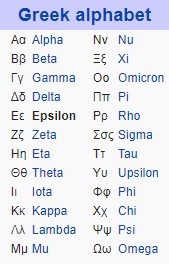
A group of structures on planet Earth connected with certain stars or group of stars become a living subtle energy system. The alignment is done via a ritual or speaking an appropriate phrase. Resonance between the two will then be achieved. These structures are then permanently connected to the cycle of the stars or group of stars.
These structures become finely tuned sound boxes that resonate with the specific energy quality of the sky location of the stars or group of stars. Often the transcendental numbers π = pi (314..) and φ = phi (618..) are used for the structures' dimensional proportions for perfect harmonization.

Above is a disharmonious view of Virgo from Earth.
Below is the harmonious GOD's eye view/projection. Inverted:
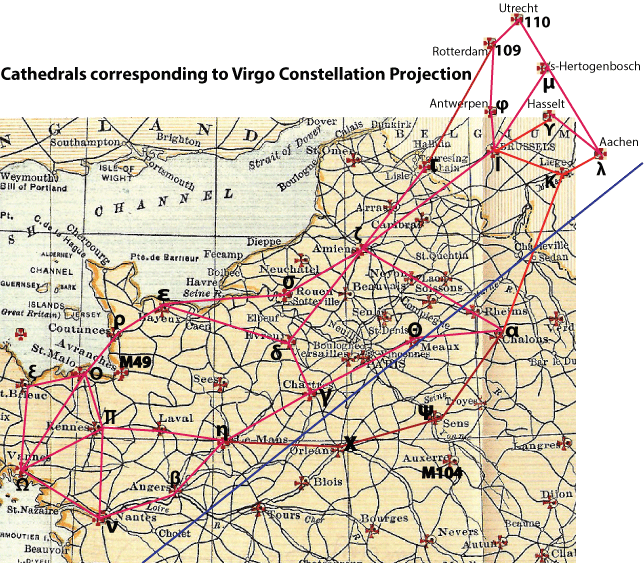
Spica - α Virginis
(Notre-Dame-de-l'Epine) (Cathédrale St-Étienne de Châlons)
α Virginis is a binary star system where the 2 components do not eclipse each other, but are mutually distorted by their gravitational interaction. It is 260 Lyrs from our solar system, and 12.000x brighter than our sun.
Zavijava – β Virginis (Notre-Dame de Angers)
Beta Virginis is 35 Lyrs from the Sun. Its name Zavijava comes from the Arabic zÄwiyat al-cawwa’, which means “the corner of the barking dog.”
Porrima – γ Virginis (Notre-Dame de Chartres)
γ Virginis is a binary star, ≈38 Lyrs away, and named after 2 goddesses of prophecy, the Carmenae. Also known as Laouiyet al Aoua, meaning “the angle of the barker”, being the asterism known as Barker, formed with Virginis η, β, ε, δ.
Auva – δ Virginis (Notre-Dame de Evreux)
Delta Virginis is a red giant, ≈198 Lyrs away. It is a suspected binary star . Its traditional name, Auva, are derived from the Arabic cawwa’, which means “the barker.”
Vindemiatrix – ε Virginis (Notre-Dame de Bayeux)
Epsilon Virginis is ≈110 Lyrs distant, and ≈77x more luminous than our Sun. Its Latin name means “the grape harvestress.”
Heze – ζ Virginis (Notre-Dame de Amiens)
Zeta Virginis is ≈74 Lyrs distant. It has twice the mass and radius of the Sun.
Zaniah – η Virginis (Notre-Dame de Le Mans)
Eta Virginis’ 3 stars are orbiting each other as a very close system, and are ≈265 Lyrs away. Zaniah, comes from the Arabic zÄwiyah, which means “the corner.”
Syrma – ι Virginis (Cathedral of St. Michael and St. Gudula)
Iota Virginis is ≈70 Lyrs distant. Syrma, comes from the Arabic sirmÄ, which means “train of a garment.”
Rijl al Awwa – μ Virginis (St. Jan's Cathedral)
Mu Virginis is ≈61 Lyrs away. Rijl al Awwa means “the foot of the barking dog.”
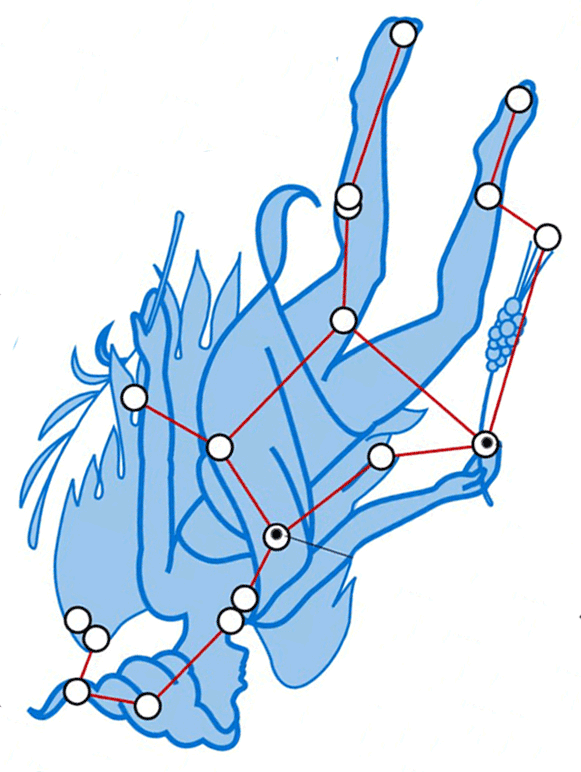
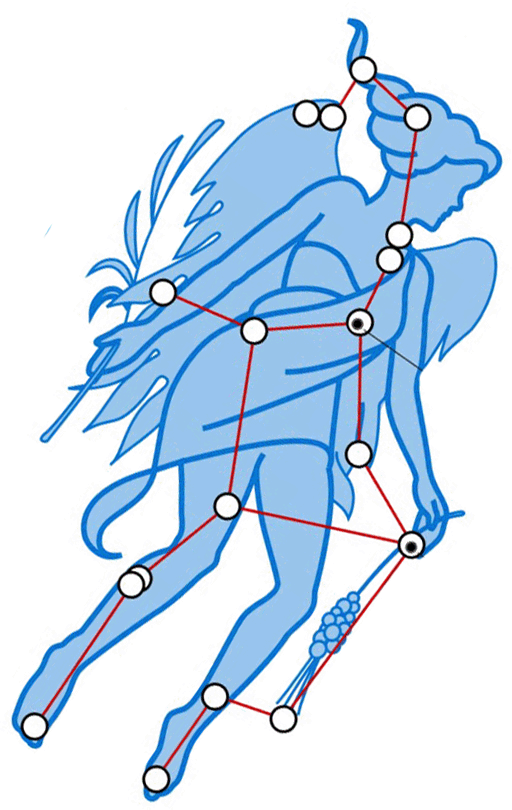
X Virginis (Cathedral of the Holy Cross of Orléans)
Chi Virginis is another binary star, ≈294 Lyrs away, with a mass double that of the Sun. It has 3 visual companions, and a massive planet with a mass 11x Jupiter’s.
P Virginis (Notre Dame de Coutances)
Rho Virgines is ≈188 Lyrs away. It has about twice the mass and shines 14x brighter than our sun.
V Virginis (Notre-Dame de Nantes)
Nu Virginis is ≈313 Lyrs away.
Κ Virginis (St. Paul's Cathedral, Liège)
Kappa Virginis, also named Kang, is a solitary at a distance of ≈255 Lyrs.
Θ Virginis (Notre Dame de Meaux)
Theta Virginis is a 4 star system and ≈320 Lyrs away.
ψ Virginis (Notre Dame de Sens)
Psi Virginis is a binary star system, ≈540 Lyrs away.
τ Virginis (Notre-Dame de Tournai)
Tau Virginis is a single star ≈225 Lyrs away. It has twice the mass of the Sun and shines 70x brighter.
σ Virginis (Notre Dame de Rouen)
Sigma Virginis is a variable star that shines twice as bright as our sun, and is ≈680 Lyrs away.
O Virginis (Cathédrale Saint-Vincent-de-Saint-Malo)
Omicron Virginis is a giant star 10x larger than the sun, and ≈163 Lyrs away.
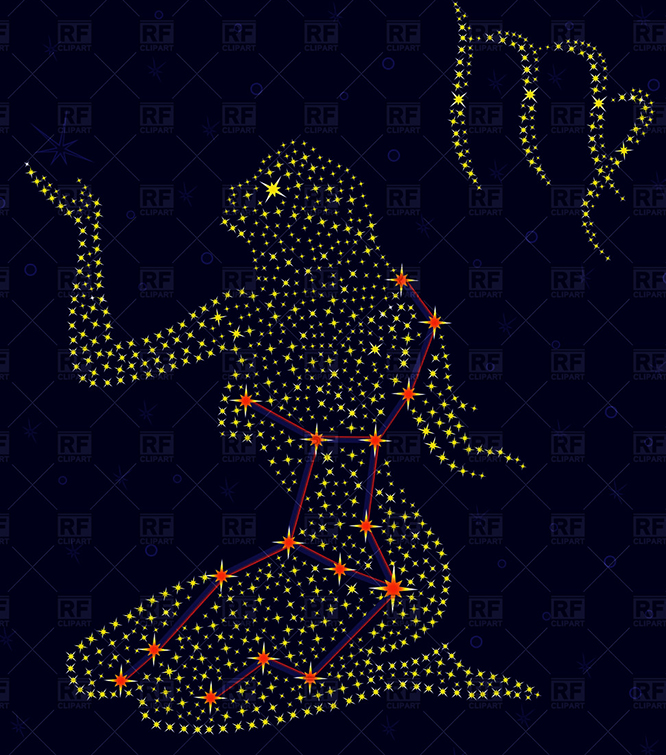
ξ Virginis (Cathédrale Saint-Étienne de Saint-Brieuc)
Xi Virginis is a solitary star ≈122 Lyrs away and shines 13x brighter as our sun.
φ Virginis (Notre Dame de Antwerp)
Phi Virginis is a binary star (V-A & V-B), located ≈ 118 Lyrs from our sun, and 14x as bright.
ω Virginis (Cathédrale Saint-Pierre de Vannes)
Omega Virginis is a solitary star located 500 Lyrs away.
π Virginis (Cathédrale Saint-Pierre de Rennes)
Pi Virginis is a binary star 380 Lyrs away.
y Virginis (Cathédrale Saint-Quentin de Hasselt)
Upsilon Virginis is a single star ≈262 Lyrs away, and shining 65x brighter than our sun.

Cathedral of Aachen partially destroyed in 1944 war
λ Virginis (Cathedral or Dom of Aachen)
Lambda Virginis is a binary star ≈173 Lyrs away with components λ Virginis A & B.

Cathedral of Rotterdam after destruction of heart of town in 1940
109 Virginis (St. Laurens Cathedral of Rotterdam)
109 Virginis is a single star ≈ 135 Lyrs away, and shining 63x brighter than our sun.
110 Virginis (St. Martin's Cathedral of Utrecht)
110 Virginis is a single star ≈195 Lyrs away, and is radiating 76x brighter than our sun.

Dom of Utrecht missing the Nave for 350 years
Virgo Cluster
Some of the Virgo Cluster's most noticable galaxies are:
Messier 49 (Notre-Dame-des-Champs d'Avranches)
M49 is the brightest galaxy in the Virgo. It contains about 5900 globular clusters, and a supermassive black hole.
Messier 60
M60 is another elliptical galaxy in the Virgo Cluster, and is ≈ 55 million Lyrs distant.
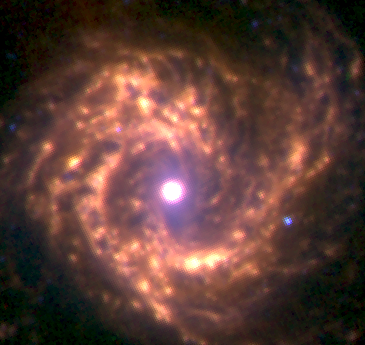
Messier 61
M61 is a spiral galaxy. See above. It is one of its larger member galaxies. It is ≈ 53 million Lyrs distant.
Messier 84
M84 is a lenticular galaxy located in the inner core of the Virgo cluster. It has a disk of fast rotating gas and stars, and is ≈60 million Lyrs away.
Messier 86
M86 is another lenticular galaxy near the center of the Virgo Cluster, and is ≈ 52 million Lyrs away.
Messier 87
M87 is a super-giant elliptical galaxy located near the center of the Virgo Cluster, and is asymp;53 million Lyrs distant. M86 and M87 are moving toward each other.

Sombrero Galaxy–M 104 (Cathédrale Saint-Étienne d'Auxerre)
Messier 104 is an elliptical spiral galaxy≈ 30 million Lyrs away. This galaxy contains about 2,000 globular clusters.

Eyes Galaxies
The Eyes Galaxies are 2 interacting galaxies. One has a distorted disk and tidal tails as a result of interacting with other galaxies, thus hard to classify it as a spiral or lenticular galaxy. They are ≈52 million Lyrs away.

Siamese Twins (Butterfly Galaxies)
A pair of spiral galaxies, located ≈ 60 million Lyrs from us.
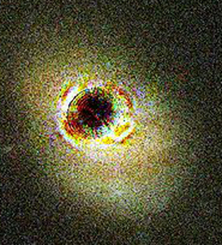
3C 273
This quasar has an energetic and distant active galactic nucleus, or quasi-stellar radio source, and the brightest and most luminous quasar in the sky. It is ‘only’ 2.443 giga-Lyrs away. It is classified as a blazar, a very compact quasar associated with a suspected super-massive black hole at the center of an active giant elliptical galaxy.
The W-DC Freemasons incorporated some Stars of the Virgo Constellation into the design layout of Washington-DC as well. View this article.

